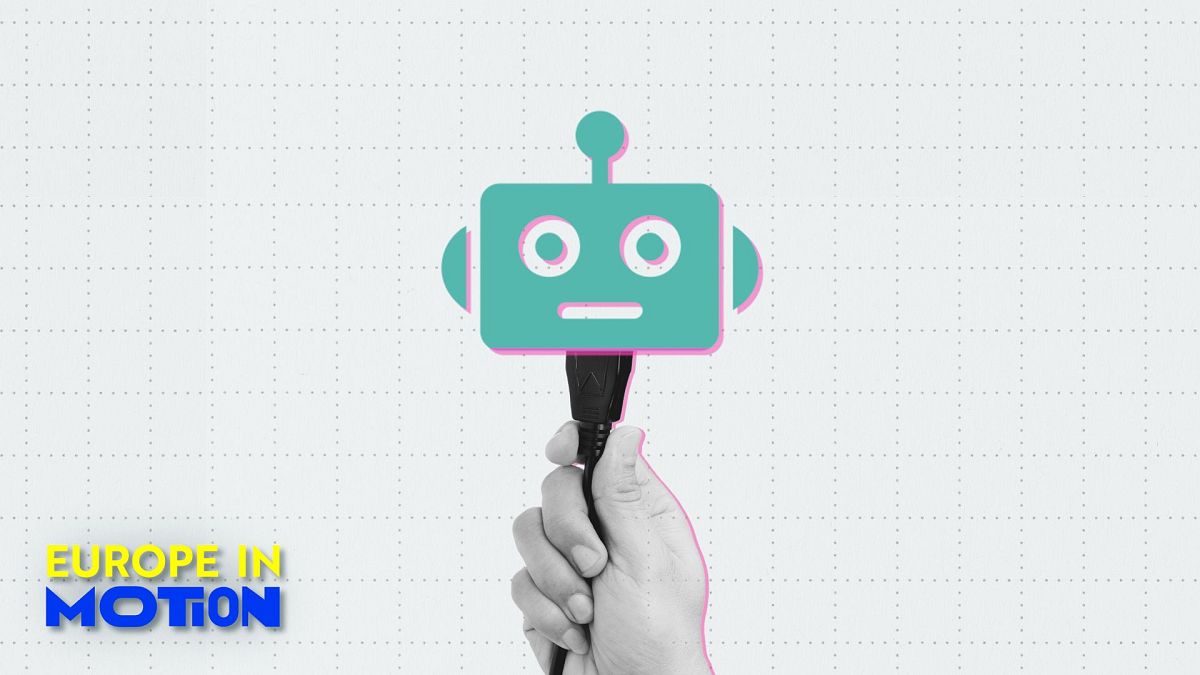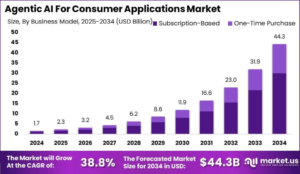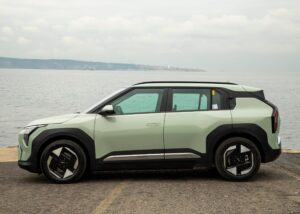Exploring the Energy Consumption of AI-Powered Chatbots: A Video Analysis

Understanding Energy Consumption of AI-Powered Chatbots
Artificial Intelligence (AI) has transformed many aspects of our lives, particularly through the development of chatbots. These AI-powered programs are commonly used for customer service, information dissemination, and even entertainment. However, while their benefits are numerous, it’s essential to consider the energy consumption associated with their operation.
What Are AI-Powered Chatbots?
AI chatbots are algorithms designed to simulate conversation with human users. They rely on machine learning and natural language processing to understand and respond to user inputs. These tools are widely used across various industries due to their efficiency and ability to handle multiple queries simultaneously. Some popular examples include:
- Virtual assistants like Siri and Google Assistant
- Customer service agents on websites
- Interactive voice response systems in call centers
Energy Usage of AI Systems
The energy consumption of AI systems, including chatbots, can vary considerably based on several factors:
- Type of Model: Different AI models require different processing power. For instance, large language models, such as OpenAI’s GPT-3, demand significant computational resources.
- Infrastructure: The servers and data centers that host AI applications are crucial in determining energy consumption. Efficient data centers can optimize energy use.
- Usage Intensity: High user interaction increases computational demands, leading to higher energy consumption.
On average, the energy consumption of chatbots can be estimated at various levels depending on the model’s complexity. Reports suggest that energy costs can be substantial, especially for advanced models used in natural language processing.
Factors Influencing Energy Consumption
AI chatbots consume energy at various stages, and understanding these stages can provide insight into potential energy savings. Key factors include:
1. Data Processing Needs
Chatbots process vast amounts of data before delivering a response. This data processing requires powerful servers, which contribute to overall energy consumption.
2. Training vs. Inference
- Training: During development, AI models undergo intensive training using large datasets. This stage often consumes significant energy.
- Inference: Once trained, the chatbot can respond to user queries. This phase typically uses less energy than training but can still be substantial during peak traffic times.
3. Cooling Systems
Data centers must maintain optimal temperatures to ensure that servers operate efficiently. The energy used for cooling can be a considerable part of the total energy consumption.
Ways to Mitigate Energy Usage
There are several strategies organizations can implement to reduce energy consumption from AI chatbots:
– Optimize Models
Using smaller, more efficient models can significantly cut down energy usage without sacrificing performance.
– Use Renewable Energy
Powering data centers with renewable energy sources like solar or wind can help minimize the environmental impact associated with AI operations.
– Improve Data Center Efficiency
Investing in modern cooling technologies and energy-efficient infrastructure can lead to lower energy costs.
The Bigger Picture
While AI chatbots are becoming increasingly prevalent, it’s important to remember their impact on energy consumption. Understanding this aspect can help developers and companies make informed decisions that balance functionality with energy efficiency. By optimizing technology and infrastructure and using sustainable energy sources, it’s possible to enjoy the benefits of AI while minimizing its environmental footprint.





